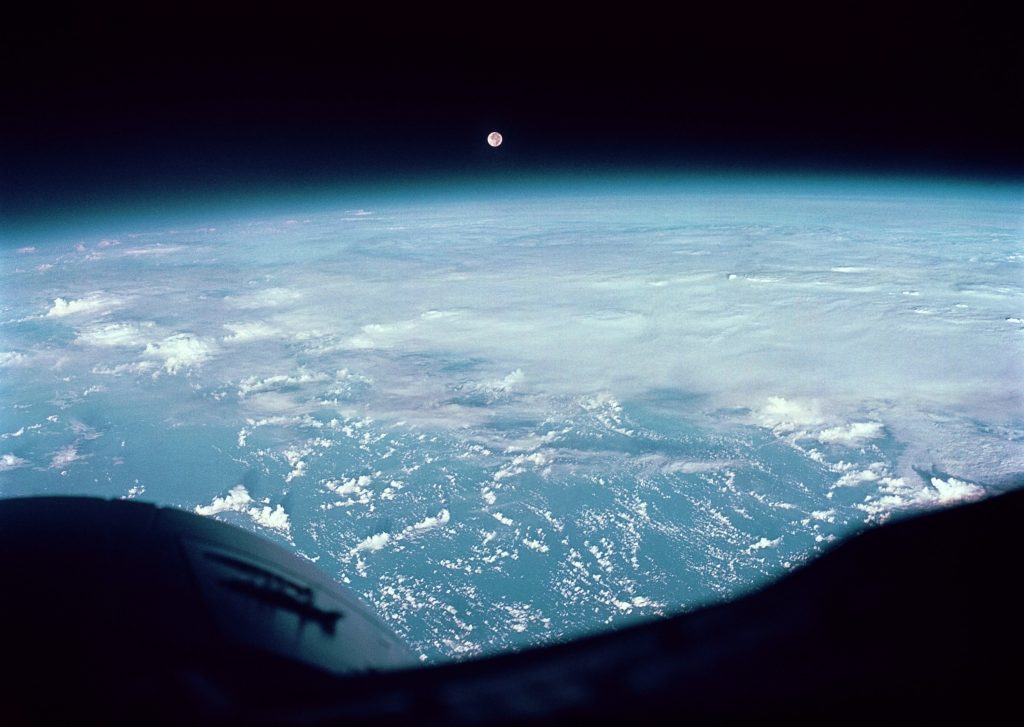Low-Earth orbit is suddenly the hottest Internet domain

The needs of edge computing are turning the edge of space into an entrepreneurial playground.
A space startup in France last week announced an investment of $110 million in its planned 25-nano-satellite backbone for the growing edge infrastructure.
The company, Kinéis, was only created in 2018, as an IOT project within Collecte Localisation Satellite Group (CLS), a French maker of satellite systems.
Kinéis was spun off last year and expects to have its satellite network operational in 2022. It employs 25 people. In its first year, Kinéis recorded a profit of almost $5.5 million.
Three days after the Kinéis’ announcement, Gwynne Shotwell, president of SpaceX, told investors at a private event that SpaceX’s space-internet unit will eventually be released for an initial public offering. No other details were made public.
Besides Kinéis’ satellites, its new funding will pay for vehicle launches, 20 ground stations, systems control infrastructure, data processing and distribution, and new-product development.
The investors, among them several of the company’s partners, include both public and private organizations:
• CLS Group, the lead investor, and a maker of monitoring and surveillance systems
• The European Investment Bank
• Ifremer, which makes marine research hardware
• CNES (Center National D’Etudes Spatiales), France’s space program
• Bpifrance, a sovereign fund
• Celad, a French software engineering firm
• Thales Group, a French aerospace and military-weapons manufacturer
• Hemeria, a maker of space-industry and nuclear-deterrence equipment
As part of its spinoff, Kinéis received CLS’ Argos satellite network, which has relayed environmental data from around the globe to researchers for 40 years. CLS is a subsidiary of CNES that designs and deploys communications systems that help scientists understand Earth’s wildlife and manage resources sustainably.
According to an article in SpaceNews, operating Argos “should produce ‘several million euros’ in annual revenue,” and deliver positive earnings before interest, taxes, depreciation and amortization next year.
The Argos satellites, designed to pick up the signals of low-powered devices (such as those attached as tags on wildlife), will be part of Kinéis’ space infrastructure.
Thales is expected to build rocket payloads, while Hemeria (formerly Nexeya) works on spacecraft chassis.
Meanwhile in another galaxy, Elon Musk’s SpaceX has for years talked about creating a high-speed space-based Internet communications backbone. So far, 240 small satellites have been launched spread out over four of the company’s rockets.
SpaceX’ Shotwell told investors that with four more launches, SpaceX will be able to cover the world.
Musk’s relative successes in aerospace and auto making, plus pent-up demand for faster wireless Internet access, would likely make Starlink a monster offering.
Tachyum books its first universal-chip design




Comments